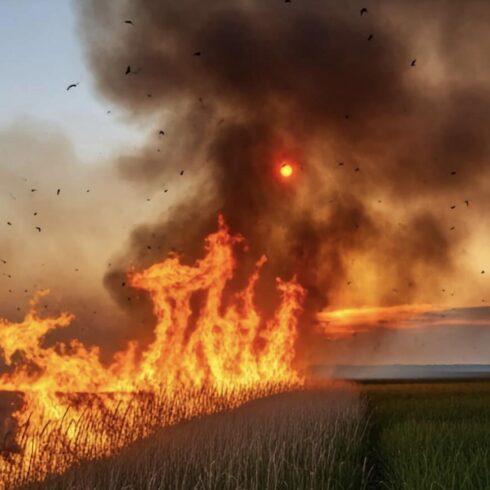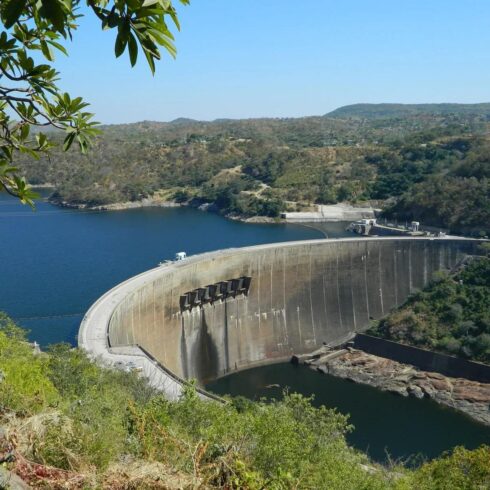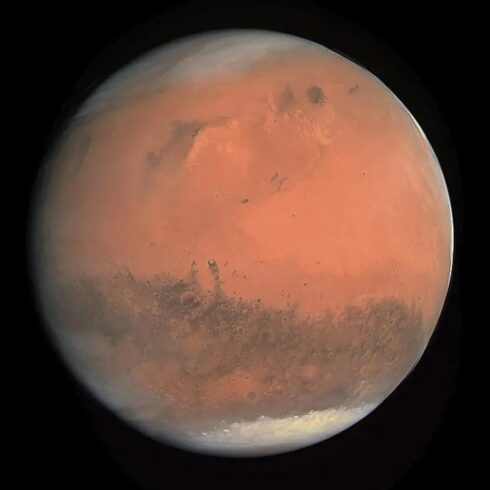Anderson Group
We address domains at the interface of (1) mechanistic links between chemistry, radiation, and dynamics, (2) free radical chain reaction kinetics and (3) electronic structure.

The Anderson research group addresses the coupling of climate change and chemistry; stratospheric free radical catalyzed ozone loss, carbon isotopic fluxes from the Arctic, ice penetrating radar mapping of glacial structures, ozone loss over the US in summer from storm induced convective injection of water, mechanistic coupling between sulfate addition to the stratosphere and climate forcing of convective injection of water vapor, gas phase kinetics of free radicals, photochemistry of planetary atmospheres, kinetics of excited molecular states.
In addition the Anderson Group addresses three domains at the interface of chemistry and Earth Sciences: (1) mechanistic links between chemistry, radiation, and dynamics in the atmosphere that control climate (2) chemical catalysis sustained by free radical chain reactions that dictate the macroscopic rate of chemical transformation in Earth’s stratosphere and troposphere; and (3) chemical reactivity viewed from the microscopic perspective of electron structure, molecular orbitals and reactivities of radical-radical and radical-molecule systems. Studies are carried out both in the laboratory, wherein elementary processes can be isolated, and within natural systems, in which reaction networks and transport patterns are dissected by establishing cause and effect using simultaneous, in situ detection of free radicals, reactive intermediates, and long-lived tracers.
Research addressing Earth’s climate focuses on establishing the primary mechanisms that couple chemistry, dynamics, and radiation in the climate system, the establishment of a high-accuracy record of climate change using airborne ice penetrating radar, interferometry from low Earth orbit, and strategies for testing long-term climate forecasts using absolute spectrally resolved radiance in the infrared.
Contact Information
12 Oxford Street, Link Room 270
Cambridge, MA 02138
anderson@huarp.harvard.edu
Faculty Coordinator: Rob Stanhope





